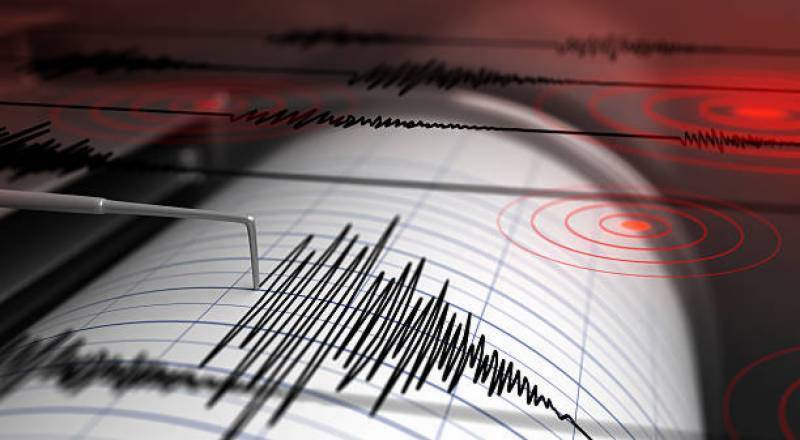A powerful earthquake, registering 6.0 on the Richter scale, jolted Rawalpindi, Islamabad, Swat, and other cities in Pakistan on Sunday. This seismic event triggered widespread panic as tremors reverberated across the region, reaching as far as Peshawar, Batgram, Dir Bala, Swabi, Mardan, and various other cities in both southern and northern Pakistan. Despite the intensity of the earthquake, initial reports indicate that no significant damages have been reported. The Pakistan Meteorological Department has identified the epicenter of the earthquake to be around 223km deep near the Afghanistan-Tajikistan border, within the Hindu Kush range. The impact of this seismic activity extended beyond Pakistan’s borders, with neighboring countries such as China, Afghanistan, and India also experiencing tremors.
Unsettling Tremors Felt Nationwide: The earthquake unleashed a wave of fear and uncertainty among the residents of Rawalpindi, Islamabad, Swat, and other affected cities in Pakistan. People rushed out of their homes, seeking safety in open areas, as the tremors shook the foundations of buildings and rattled their nerves. The sheer force of the earthquake left no doubt about its potency, as its effects rippled across the nation.
Extent of the Earthquake: Measuring 6.0 on the Richter scale, this earthquake was no ordinary event. Its epicenter, located at a depth of approximately 223km, was situated near the Afghanistan-Tajikistan border, within the Hindu Kush mountain range. Such a substantial depth can have a significant influence on the magnitude of the earthquake felt on the surface. As a result, the tremors spread across vast distances, affecting cities both near and far from the epicenter.
READ MORE: Rejection of Talks: Imran Khan’s Offer Met with Resolute Opposition
Minimal Damages Reported: Despite the widespread panic and apprehension caused by the earthquake, the fortunate news so far is the absence of significant damages. While the intensity of the tremors led to people evacuating their homes, buildings and infrastructure seem to have withstood the seismic forces. However, it is essential to await further assessments and reports to gain a comprehensive understanding of the overall impact and damage, if any, caused by this earthquake.
Impact Beyond Borders: The reach of this earthquake extended well beyond the borders of Pakistan. Neighboring countries such as China, Afghanistan, and India also experienced tremors as a result of the seismic activity. The intensity and geographical extent of the earthquake underscore its potency and the interconnectedness of the tectonic plates in the region. The shared experience of this seismic event serves as a reminder of the forces at work beneath the Earth’s surface and the need for preparedness and cooperation in addressing such natural disasters.
Conclusion: The recent earthquake that struck Pakistan with a magnitude of 6.0 on the Richter scale has left a lasting impact on the affected cities and the nation as a whole. While the tremors caused widespread panic and prompted people to evacuate their homes, reports suggest that damages have been minimal so far. The earthquake’s epicenter, situated near the Afghanistan-Tajikistan border within the Hindu Kush range, resulted in tremors felt not only across Pakistan but also in neighboring countries. This seismic event serves as a powerful reminder of the unpredictable forces of nature and the importance of preparedness in mitigating the impact of such occurrences. As the affected regions recover and rebuild, it is crucial for communities, governments, and organizations to come together and prioritize resilience in the face of natural disasters.




